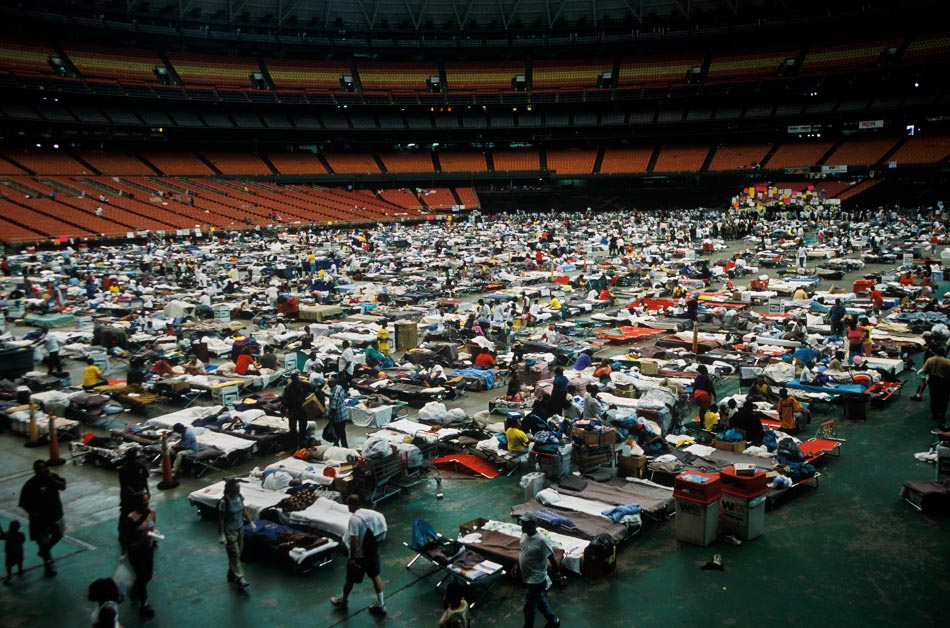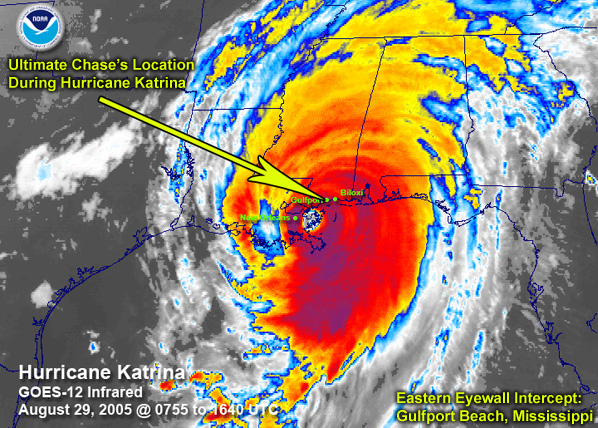(http://www.google.com/imgres?um=1&hl=en&sa=N&biw=1366&bih=667&tbm=isch&tbnid=wFDTnhmcz87EnM:&imgrefurl=http://www.enchantedlearning.com/subjects/astronomy/planets/earth/Continents.shtml&docid=LysORMv67tYFQM&imgurl=http://www.enchantedlearning.com/egifs/Earthsplates.GIF&w=431&h=252&ei=Gp3KTsreBsKisQK8qtUq&zoom=1&iact=hc&vpx=1039&vpy=203&dur=875&hovh=110&hovw=188&tx=212&ty=100&sig=100894702643995253240&page=1&tbnh=103&tbnw=176&start=0&ndsp=18&ved=1t:429,r:5,s:0)
Plate tectonics are responsible for sea floor spreading. Sea floor spreading is when the tectonic plates of the ocean floor move apart, extending the sea floor. Through the crack that the spreading creates, magma seeps out like an undersea volcano. The magma cools and becomes solid when the water reaches it which extends the size of the plate, thus, extending the size of the sea floor. The build up of magma also creates mountains under water. Because the sizes of these plates are increasing, the size of the plates around it are decreasing through a process called subduction. (source 1) A mid-ocean ridge is is where the sea-floor spreading takes place. (source 3) Subduction zones are where plates collide. One plate goes under another. Its a battle of mass. The larger mass stays on top which is usually a continental plate. The pushing creates Mountain ranges. Also, the heat and pressure on a plate going under causes it to turn to magma. The magma pocket finds paths to Earth's surface which creates volcanic activity. (source 2) Earthquakes are caused by many actions of tectonic plates. Sea floor spreading causes earthquakes and any other friction of plate tectonics. (source 1) Plate tectonics move because of the intense heat in the Earth's core that triggers mantel rocks to move which is where the plates are located. The adding of plates that takes place during sea floor spreading is new and warm. It pushes the older, colder parts of plates out of the way. These parts are at the edges of a plate and are the underneath plate of subduction zones. This is called slab pull. So in conclusion, the new plate sections are warm and thinner and as they come they push the older, thicker, cooler plate parts out of the way, they get subducted and melted. (source 5) The movement of tectonic plates can be put into equations to help better understands their motions. Speed= Distance/Time. So if we want to know the speed a plate is moving we would take the distance it has moved in a given amount of time. (source 6)

(http://www.google.com/imgres?um=1&hl=en&sa=N&biw=1366&bih=667&tbm=isch&tbnid=0XY7QeOuhnSO7M:&imgrefurl=http://www.windows2universe.org/earth/interior/plate_tectonics.html&docid=ncx4ycFcSLdt7M&imgurl=http://www.windows2universe.org/earth/images/convection.gif&w=313&h=240&ei=Gp3KTsreBsKisQK8qtUq&zoom=1&iact=hc&vpx=551&vpy=332&dur=983&hovh=192&hovw=250&tx=129&ty=113&sig=100894702643995253240&page=1&tbnh=137&tbnw=179&start=0&ndsp=18&ved=1t:429,r:8,s:0)
Plates were not always in the location they are today. In fact, they are constantly moving. At one time, the plates were put together like a puzzle in a super continent called Pangia. It is predicted that some day, the continents will return to being part of a super continent. (source 7)

(http://www.google.com/imgres?num=10&um=1&hl=en&biw=1366&bih=667&tbm=isch&tbnid=igBa2-YYeUxOjM:&imgrefurl=http://www.wisedude.com/history/mesozoic_era.htm&docid=zsOacxt8L5BhXM&imgurl=http://www.wisedude.com/images/supercontinent.jpg&w=303&h=177&ei=K57KTq3OEMapsALIsrky&zoom=1&iact=hc&vpx=203&vpy=335&dur=1767&hovh=141&hovw=242&tx=123&ty=113&sig=100894702643995253240&sqi=2&page=1&tbnh=121&tbnw=207&start=0&ndsp=19&ved=1t:429,r:13,s:0)
Bibliography:
1) http://library.thinkquest.org/17457/platetectonics/4.php. Oracle, ThinkQuest. Sea-Floor Spreading. Education Foundation, Novi Meadows Elementary. 2002.
2) http://www.universetoday.com/74588/what-is-a-subduction-zone/. Universe Today. Subduction Zone. Tega Jessa. September 29, 2010.
3) http://oceanexplorer.noaa.gov/explorations/05galapagos/background/mid_ocean_ridge/mid_ocean_ridge.html. Ocean Explorer. Mid-Ocean Ridges. Ocean Explorer Webmaster. August 25, 2011.
4) http://vulcan.wr.usgs.gov/Glossary/Seismicity/what_causes_earthquakes.html. USGS. Earthquakes. March 21, 2001. Lyn Topinka.
5) http://www.windows2universe.org/earth/interior/how_plates_move.html. Windows to the Universe. How do Plates Move? Lisa Gardiner. May 21, 2008.
6) http://scign.jpl.nasa.gov/learn/plate2.htm. The Southern California Integrated GPS Network and Educational Guide. History of Plate Tectonics. Maggie Glasscoe. August 13, 1998.
7) http://mathforum.org/dr.math/faq/faq.distance.html. The Math Forum. Distance, Rate, and Time. Drexel University. 1994-2011.
Question #6: Water Cycle:
The water cycle is the constant motion and changing of water. Water is put into the atmosphere by evaporation. It condenses into clouds. And once it becomes too heavy, it falls back to earth in precipitation. The fallen water is either soaked into the ground as infiltration or it moves on the Earth's surface as run-off. (source 3) The energy required for evaporation is given by the heat of the sun. If the water is infiltrated then it gets put into our groundwater, filling our water sheds. If it goes into the ground water then we can store it and later put it to use. If water does not get absorbed and stays on the planet as runoff, it gets evaporated at some point on its way to rivers, lakes, streams, or oceans and the process starts all over again. (source 1) The water may also go through a process called transpiration. This is when the water is absorbed by the plants and later released into the atmosphere through the plants leaves. (source 5)

(source 2)
The flow of water in watersheds and groundwater are both brought by gravity. "Watersheds are areas that drain to a common spot and we all live in one." (source 3) Rivers, lakes, streams, and wetlands in the same watershed all drain to the same spot. The water starts small and gets bigger. It may start in a small stream, go to a river, then to a lake, and quite possibly, go to the ocean eventually. The terrain of an area affects the route of the water. For example, mountains will make water drain to a specific location, determining the location of the watershed. (source 3) Ground water is the water that is seeped into the ground that we use. Gravity is controller of the water pulling it to the Earths core. It takes longer to get into the ground, but both watersheds and the groundwater process have water that end up entering back into the never ending water cycle. (source 4)
There are 3 different types of rivers: Clear Water, Black Water, and White Water. Clear Water Rivers are also known as Blue Water Rivers. The rightfully have the name for their reputation of having clear water. These kind of Rivers are commonly seen as streams and creeks. These rivers are rapid moving mainly because they come from highlands and are results of the melting of snow. They contribute much to erosion for that reason. The fast flow gives the ability to go over rocks and erode them. It is common for these rivers to flood during the melting season. Black Water Rivers are very acidic. In fact, they are almost sterile. The acidic level of these rivers limits what can live near and in them. The tree species are limited near these rivers and the bug population is generally low because the larva cannot live in the river's acidic water. These rivers are acidic because the old soils around them and the runoff they receive have no minerals. White Water rivers are quite opposite of their name. They tend to be brown and polluted looking. However, it is not pollutants causing the muddy appearance of the rivers. The tons of sediments that are washed into the rivers cause its dirty look. These rivers are slightly acidic due to their relatively low mineral content. These rivers are commonly found on flatter land so the flow of them can be called "lazy" or slow. The erosion is heavy because of all the sediments the rivers contain. (source 6) The deposition of the rivers takes place when the sediment becomes too heavy for the river to carry. It may sink to the bottom. (source 6) The flooding of rivers takes place during melting season. The source of them becomes abundant in its water content so it starts flowing. Humans can attempt to control flooding by building artificial flood banks, a try at straightening the river's course. (source 7) Land use decisions made by humans contribute greatly to erosion. By planting on the land we obviously put roots in the ground. These create channels for rainwater to soak into the ground and help anchor soils (preventing the soil to go into runoff, which enters the rivers, which causes erosion). (source 8)
Clear Water River:
Black Water river:
White Water river:
Bibliography:
1) http://ga.water.usgs.gov/edu/watercycleinfiltration.html. USGS. Water Cycle: Infiltration. Howard Perlman. February 2, 2011.
2) http://ga.water.usgs.gov/edu/watercycle.html. USGS. The Water Cycle. Howard Perlman. November 9, 2011.
3) http://water.epa.gov/type/watersheds/whatis.cfm. EPA. What is a Watershed? Lane Council of Governments. September 29, 2011.
4) http://www.groundwater.org/kc/whatis.html. Ground Water Foundation. What is Ground Water? Ground Water Foundation. 2011.
5) http://ga.water.usgs.gov/edu/watercycletranspiration.html. USGS. The Water Cycle: Transpiration. Howard Perlman. July 1, 2011.
6) http://rainforests.mongabay.com/0602.htm. Monga Bay. River Types. Rhett Butler. 1994-2011.
7) http://www.nature.org/ourinitiatives/habitats/riverslakes/why-rivers-flood-andhow-to-reduce-risk.xml. The Nature Conservancy. Rivers and Lakes: Flooding. TNC. 2011.
8) http://www.crd.bc.ca/watersheds/protection/concerns/Erosion.htm. Capital Regional District. Erosion. CRD. 1996-2011.
Just one thing I found really interesting was a place on Earth where a white water (The Amazon) and a black water river (The Rio Negro) come together. You can clearly see the difference in rivers when they meet:











